-

email us
lisa@simplewatersofteners.com
-

Call Us
(210) 960-2555
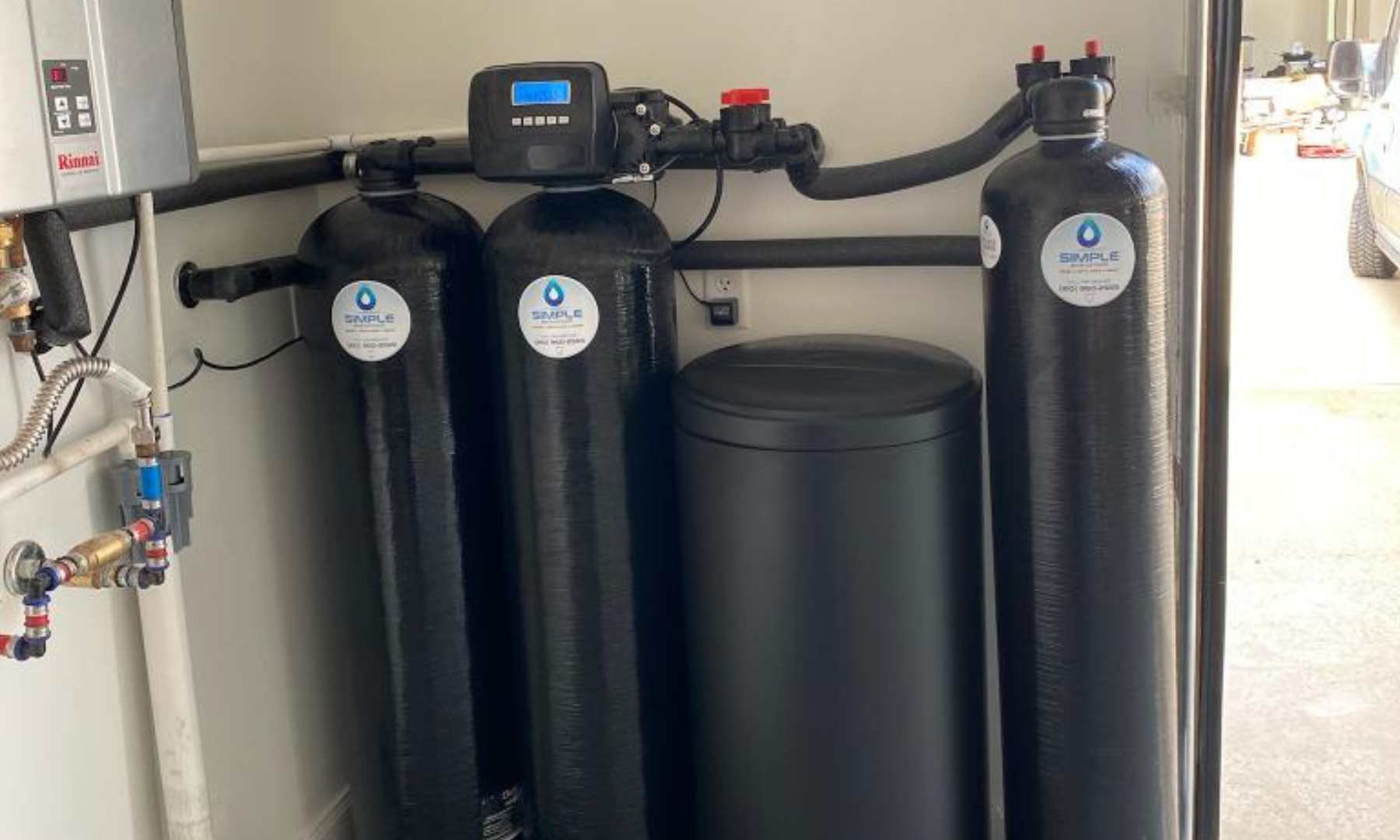
07 Feb. 2025
Signs Your Water Softener Needs Maintenance Before Spring
As winter comes to an end, now is the perfect time to ensure your water softener is functioning optimally before the warmer months arrive. Regular maintenance not only extends the lifespan of your system but also ensures you continue to enjoy soft, high-quality water. Here are some key signs your water softener may need maintenance, along with a checklist to keep it running efficiently.
Signs Your Water Softener Needs Maintenance
1. Decreased Water Softness
If you start noticing soap not lathering as easily, stiff laundry, or water spots on dishes, it could mean your softener isn’t working properly. A lack of softness indicates the resin beads might be saturated with minerals and need regeneration.
2. Salt Levels Are Low
Check the salt levels in your brine tank regularly. If the salt is too low, your system won’t be able to soften the water effectively. Make sure the tank is at least half full and refill it if necessary.
3. Unusual Water Taste or Smell
If your water starts to taste or smell different, it could indicate mineral buildup, stagnant water in the softener, or a malfunctioning system. Regular cleaning and maintenance can help resolve these issues.
4. Changes in Water Pressure
A sudden drop in water pressure may indicate clogging in your softener’s resin bed or brine tank. Routine flushing and cleaning can help restore proper flow.
5. Salt Bridges or Mushing
Salt bridges (hardened layers of salt forming at the top of the brine tank) and salt mushing (compacted salt forming at the bottom) can prevent proper regeneration. If you notice these formations, break them up and remove any compacted salt.
6. System Running Constantly or Not Regenerating
If your water softener seems to be running all the time or not regenerating as expected, it may be due to a faulty timer, control valve, or excessive resin bed saturation.
7. Leakage or Water Pooling Around the Unit
Leaks around the water softener may be due to worn-out seals, loose fittings, or cracks in the tank. Address any visible leaks promptly to prevent damage.
Water Softener Maintenance Checklist
To keep your water softener running efficiently before spring, follow this maintenance checklist:
✅ Check Salt Levels: Ensure the brine tank is at least half full and top it off as needed.
✅ Break Up Salt Bridges: Inspect for hardened salt formations and break them up if present.
✅ Clean the Brine Tank: Empty and rinse out the tank at least once a year to remove sediment buildup.
✅ Inspect the Resin Beads: If you notice a decline in performance, consider replacing or recharging the resin beads.
✅ Flush the System: Run a manual regeneration cycle to refresh the system.
✅ Check for Leaks: Look for any signs of leaks around the unit and tighten connections as needed.
✅ Test Water Hardness: Use a test kit to ensure your softener is effectively removing minerals.
✅ Review Settings: Make sure your softener is set to the correct hardness level and regeneration schedule.
Final Thoughts
Regular maintenance of your water softener ensures your home continues to receive soft, clean water while extending the system’s lifespan. If you notice any of the warning signs above or need a professional inspection, Simple Water Softeners is here to help. Contact us today for expert maintenance services and keep your water softener running smoothly all year long!
- By:Lisa Bauer

06 Dec. 2024
Preparing Your Water Softener for Holiday Guests: A Quick Guide for San Antonio Homeowners
The holiday season is here, and for many homeowners in the San Antonio area, it means hosting family and friends. With more people using your water system, your water softener will be working overtime. Proper preparation ensures your water softener operates efficiently, keeping your guests comfortable and your home running smoothly. Here’s a quick guide to getting your water softener ready for the extra demand this holiday season.
Why Your Water Softener Matters During the Holidays in San Antonio
In the San Antonio area, where hard water is a common issue, a water softener is essential year-round. During the holidays, it plays an even more critical role by:
- Improving Cleaning Efficiency: Dishes, linens, and laundry come out spotless with soft water.
- Protecting Plumbing and Appliances: Soft water prevents scale buildup, reducing clogs and damage to your pipes and appliances.
- Enhancing Guest Comfort: Soft water is gentler on skin and hair, offering your guests a luxurious experience.
Steps to Prepare Your Water Softener for Holiday Use in San Antonio
1. Check Your Salt Levels
San Antonio’s hard water requires your water softener to use salt effectively to remove hardness minerals.
- Open the brine tank and ensure the salt level is at least halfway full.
- If you notice a crusty layer (salt bridge), gently break it up or remove it.
- Refill the tank with high-quality salt specifically designed for water softeners.
2. Perform a System Regeneration
Regenerating your water softener cleans the resin beads, ensuring they’re ready to handle the increased water usage typical during the holidays.
- Many systems regenerate automatically, but you can manually start a regeneration cycle for optimal performance.
- Check your user manual or contact a local San Antonio water softener expert for guidance.
3. Inspect for Salt Buildup or Clogs
San Antonio’s hard water can lead to salt and mineral deposits in your water softener system.
- Inspect the brine tank for clogs or residue.
- If buildup is present, clean the tank by draining it, rinsing with warm water, and refilling it with fresh salt.
4. Adjust Your System Settings
With more guests in your home, your water usage will increase. Adjust your water softener settings to keep up with the demand.
- Verify the hardness level setting matches San Antonio’s hard water conditions.
- Increase the regeneration frequency temporarily to maintain consistent performance.
5. Check Your Water Pressure
Proper water pressure is essential for your water softener to function effectively.
- Ensure your water pressure is within the recommended range (typically 40–70 psi).
- If you experience weak water flow, inspect your plumbing for leaks or blockages or contact a San Antonio plumbing expert.
6. Test the System for Optimal Performance
Run a quick test to ensure your water softener is operating correctly.
- Check for error codes or warning lights on your system.
- Perform a simple soap test: soft water should lather easily and leave no residue.
7. Stock Up on Supplies
Avoid holiday interruptions by having extra supplies on hand.
- Keep an extra bag of salt to ensure your water softener runs smoothly.
- Consider a maintenance kit for quick fixes or adjustments.
The Benefits of a Well-Maintained Water Softener in San Antonio
In a region like San Antonio, where hard water is a persistent issue, a well-maintained water softener ensures:
- Cleaner, Spot-Free Dishes: Your holiday table settings will shine without unsightly spots or film.
- Comfortable Showers for Guests: Soft water is gentle on hair and skin, providing a spa-like experience.
- Protection for Your Home: Your appliances and plumbing stay safe from hard water damage, saving you money in the long run.
Schedule Professional Water Softener Maintenance in San Antonio
Preparing your water softener for the holiday season is vital to maintaining a smooth and stress-free home. If you’re unsure about performing these tasks or need professional assistance, Simple Water Softeners is here to help.
Contact us today for expert water softener maintenance and service in the San Antonio area. Let us ensure your system is holiday-ready, so you can focus on creating memorable moments with your family and friends!
- By:Lisa Bauer
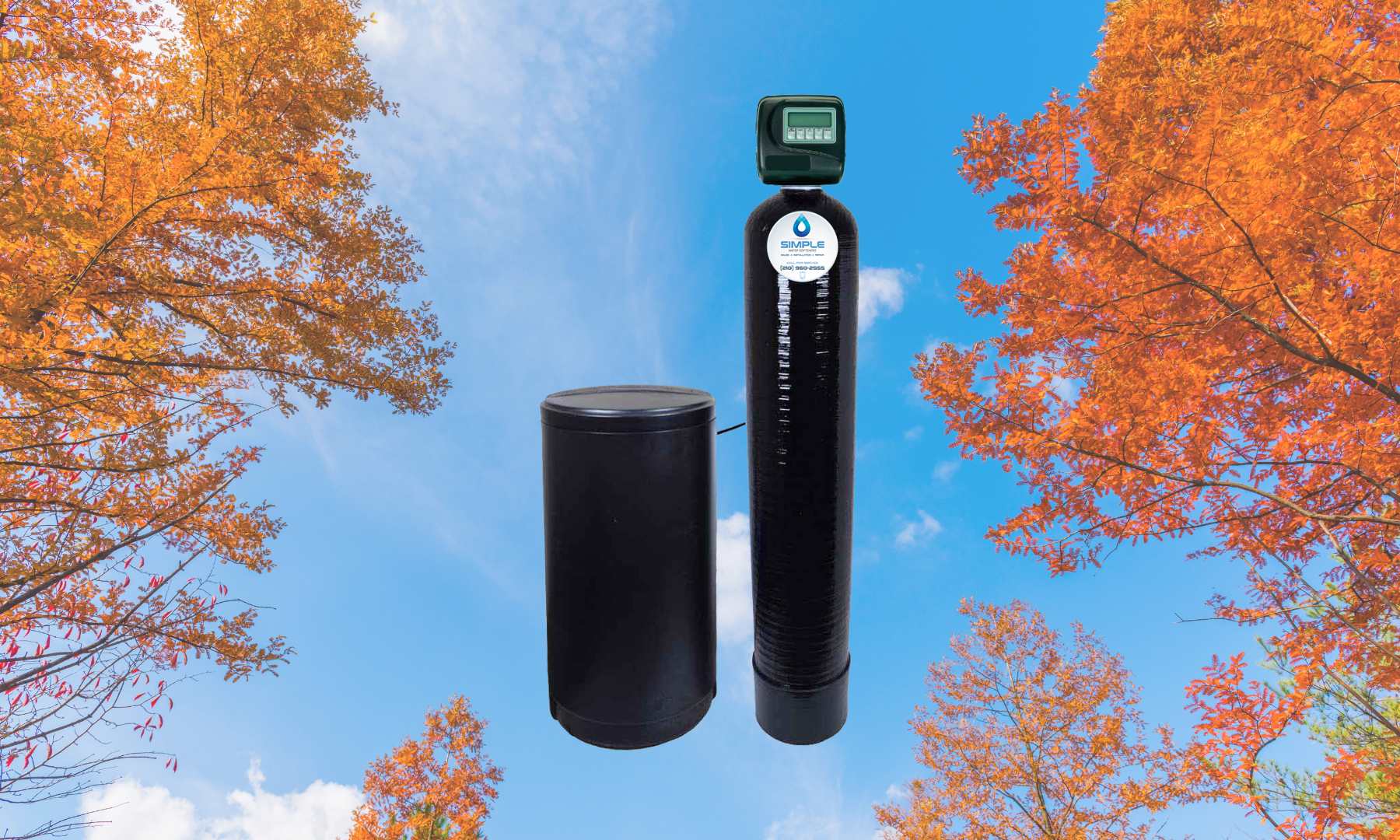
04 Oct. 2024
Fall Maintenance Tips for Your Water Softener System
As fall brings cooler temperatures and shifts in daily routines, it’s essential to ensure your water softener system is running smoothly. With the upcoming winter months, you want to avoid any disruptions that could impact your home’s water quality. To help, we’ve created a simple checklist of fall maintenance tips that will keep your water softener in top shape throughout the season.
1. Inspect the Salt Level
The salt in your brine tank plays a vital role in regenerating the resin beads that soften your water. During fall, it’s important to check your system’s salt level at least once a month. Make sure the salt is no lower than the halfway point. If it’s too low, your water softener won’t be able to perform effectively.
- Pro Tip: Use high-quality salt pellets to reduce buildup and ensure optimal performance.
2. Clean the Brine Tank
Over time, impurities from salt can build up in your brine tank, leading to what’s known as a “salt bridge” or “mushing.” This can prevent your system from properly softening the water. Fall is a great time to clean the tank and remove any salt buildup or sediment.
- How to clean: Simply disconnect the power, remove any salt, and scrub the inside with warm water and dish soap before refilling with fresh salt.
3. Check for Salt Bridges
Salt bridges can form when salt hardens and creates a crusty layer inside the brine tank. This can disrupt the regeneration process and reduce the effectiveness of your system. After checking your salt levels, gently tap the top of the salt with a broom handle to see if it’s hardened. If you find a salt bridge, break it up carefully.
4. Test Water Hardness
As the seasons change, the hardness level of your water may fluctuate. It’s a good idea to test your water hardness during the fall to make sure your water softener settings are calibrated correctly. You can purchase a simple water hardness test kit or request professional testing.
- Adjustment: If the hardness level has changed, adjust your water softener’s settings accordingly to ensure efficient operation.
5. Inspect and Clean the Resin Beads
The resin beads inside your water softener are responsible for attracting and removing minerals that cause hard water. Over time, they can become clogged with iron or other impurities. Cleaning the resin bed with a special resin cleaner ensures that your system can continue to function effectively.
- Pro Tip: You may want to schedule a professional cleaning or use a resin cleaner every six months to maintain optimal efficiency.
6. Flush the System
Occasionally flushing your water softener system is a good way to remove any lingering debris or buildup in the unit. This helps keep your system running smoothly and can prevent clogging.
- Simple flush: Manually initiate a regeneration cycle or follow the manufacturer’s instructions to run a full system flush.
7. Inspect Hoses and Connections
Fall is the perfect time to inspect all the hoses and connections on your water softener. Look for any signs of wear, leaks, or corrosion, especially if your system is located in a damp or cold area, such as a basement or garage.
- Pro Tip: If you find any cracks or leaks, it’s important to replace the affected parts to prevent further damage.
8. Check the Bypass Valve
The bypass valve allows you to control the flow of water in and out of the water softener. Make sure the valve is working properly and isn’t clogged with debris. This will ensure your system operates efficiently and provides soft water when needed.
9. Review the System Manual
If it’s been a while since you last looked at your water softener’s manual, now’s a great time to review it. The manual may include specific fall or seasonal maintenance tips for your particular model. This can help you stay on top of any unique tasks that could prolong the life of your system.
10. Schedule a Professional Tune-Up
While many maintenance tasks can be done yourself, scheduling a professional water softener tune-up is a great idea during the fall. A qualified technician can inspect all parts of the system, check for any issues you may have missed, and perform a thorough cleaning to keep your system running efficiently.
Conclusion
By following these fall maintenance tips, you can ensure your water softener continues to provide soft, clean water throughout the cooler months. Regular upkeep not only improves the performance of your system but also extends its lifespan, saving you money in the long run. For any questions or to schedule a professional tune-up, contact Simple Water Softeners today!
- By:Lisa Bauer
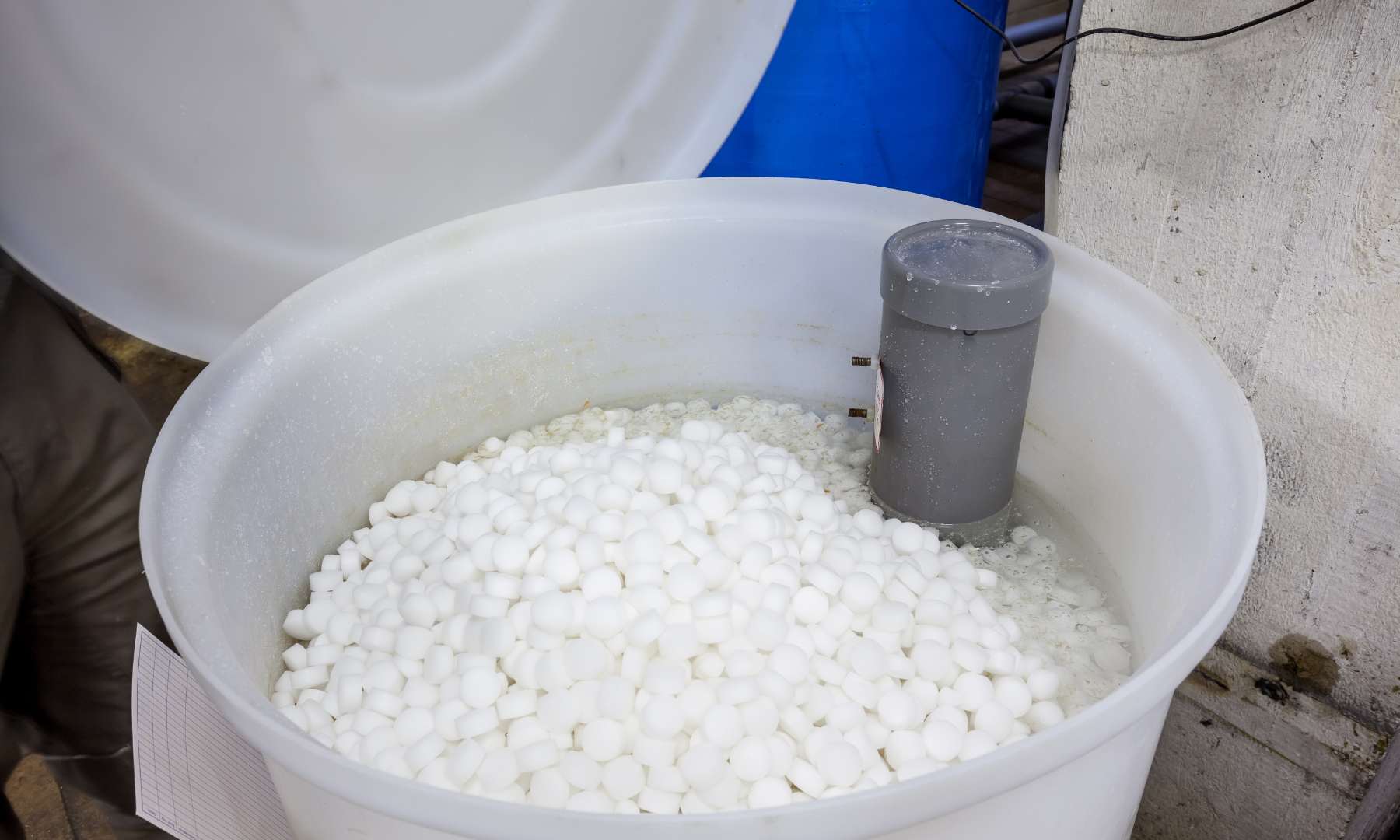
10 Jul. 2024
Most Common Issue When Your Water Softener Isn’t Working
Water softeners have become much easier to troubleshoot than in the past. While repairing a water softener can be challenging, with the right knowledge, you can fix common issues and get your system back up and running in no time.
The Most Common Issue: Salt Bridges
One of the most common issues with water softeners, especially in humid climates, is the formation of a salt bridge in the brine tank. This occurs when salt becomes hard and caked together, preventing it from dissolving properly during the regeneration cycle.
Identifying a Salt Bridge
When you add too much salt to the brine tank, the salt can harden above the water line, forming a bridge. The softener unit regenerates and washes the salt out of the bottom of the tank during the cycle, but the hardened salt above the water line doesn’t fall to the bottom. To check for a salt bridge, gently tap the outside of the tank. If it sounds hollow, a salt bridge may have formed.
Breaking Up a Salt Bridge
Most brine tanks have a plastic plate about six inches from the bottom. Be careful not to damage this plate when breaking up the salt. Here’s how you can break up a salt bridge safely:
- Use a Broomstick: Insert a broomstick or similar object into the tank and gently break up the salt. Avoid poking all the way to the bottom to prevent damaging the plastic plate.
- Hot Water Method: If the salt is particularly stubborn, pour a pitcher of very hot water around the edges of the tank. This will help dissolve the hardened salt. Then, tap around the edges to encourage the salt to fall to the bottom.
- Kick Method: Some people give the brine tank a swift kick to break up the salt bridge. Be gentle to avoid damaging the tank.
For visual learners, YouTube has several helpful videos on breaking up a salt bridge.
Why a Salt Bridge Matters
The water softener unit requires brine water (salty water) to wash the resin during regeneration. This process helps remove calcium from the resin beads, which is then washed down the drain. Without proper brine water, the unit regenerates with plain water, which does not remove calcium from the beads. Consequently, the beads remain full of calcium, and hard water continues to flow into your home.
Manual Regeneration Cycle
After breaking up a salt bridge, manually regenerate the system. Allow the salt and water to sit for about four hours to create brine water. Once regenerated, the cold water should be soft immediately, but it may take a few days for the hot water to become soft again if hard water has been an issue.
When to Call a Professional
If you do not find a salt bridge or the issue persists, it’s time to call a professional. Simple Water Softeners repairs many brands and can help diagnose and fix the problem. Give us a call at (210) 960-2555, and we’ll assist you in resolving your water softener issues.
By addressing these common problems, you can ensure your water softener operates efficiently, providing your home with the soft water it needs.
- By:Lisa Bauer
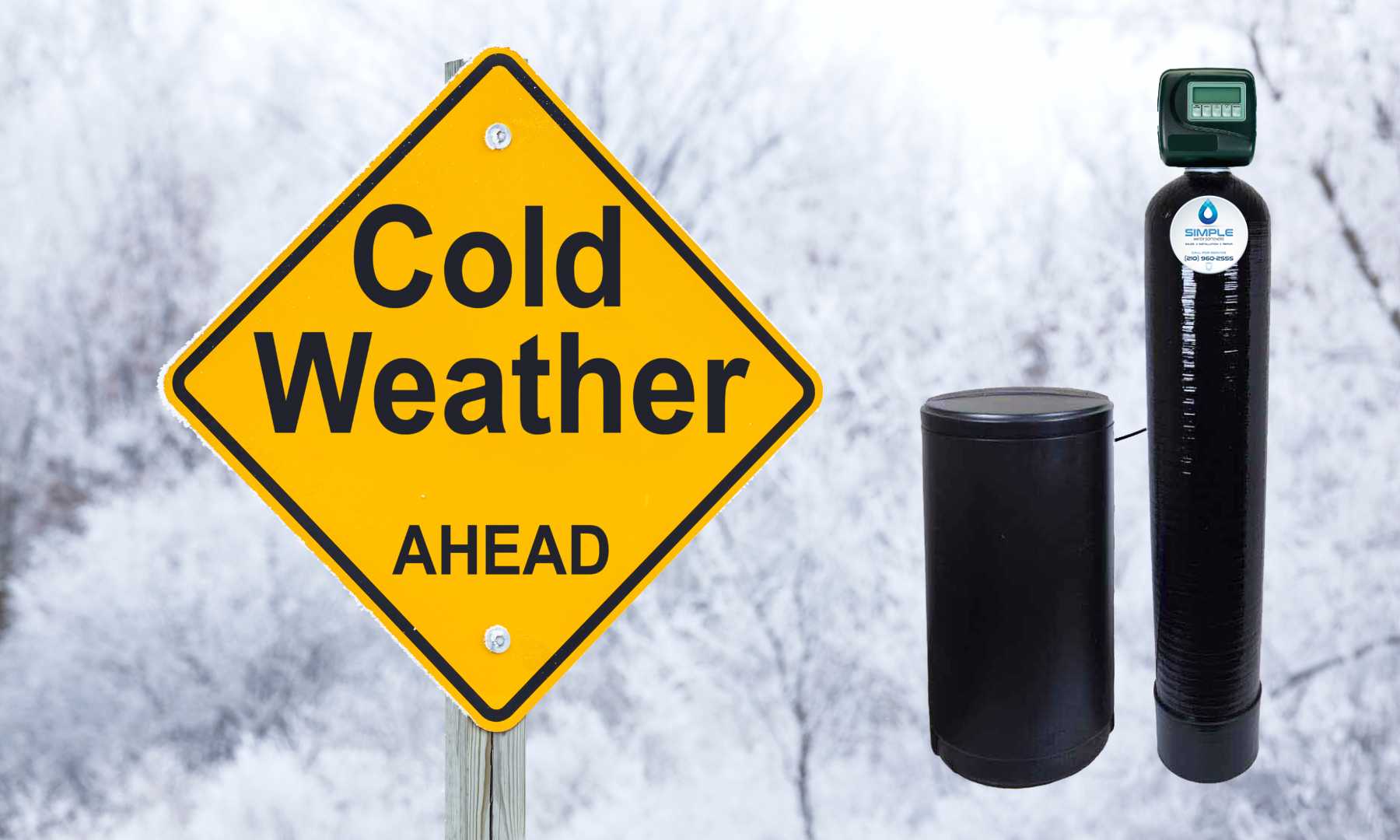
08 Dec. 2023
Understanding the Impact of Cold Weather on Water Softening Systems
As homeowners in cooler climates, particularly during the brisk winter months, it’s crucial to understand how the drop in temperature can impact the efficiency of water softening systems. While these systems are vital for managing hard water problems, cold weather introduces specific challenges that require attention and action. In this blog post, we’ll delve into how cold weather affects water softeners and provide practical tips for homeowners to ensure their systems remain efficient and effective throughout the winter.
- By:Lisa Bauer
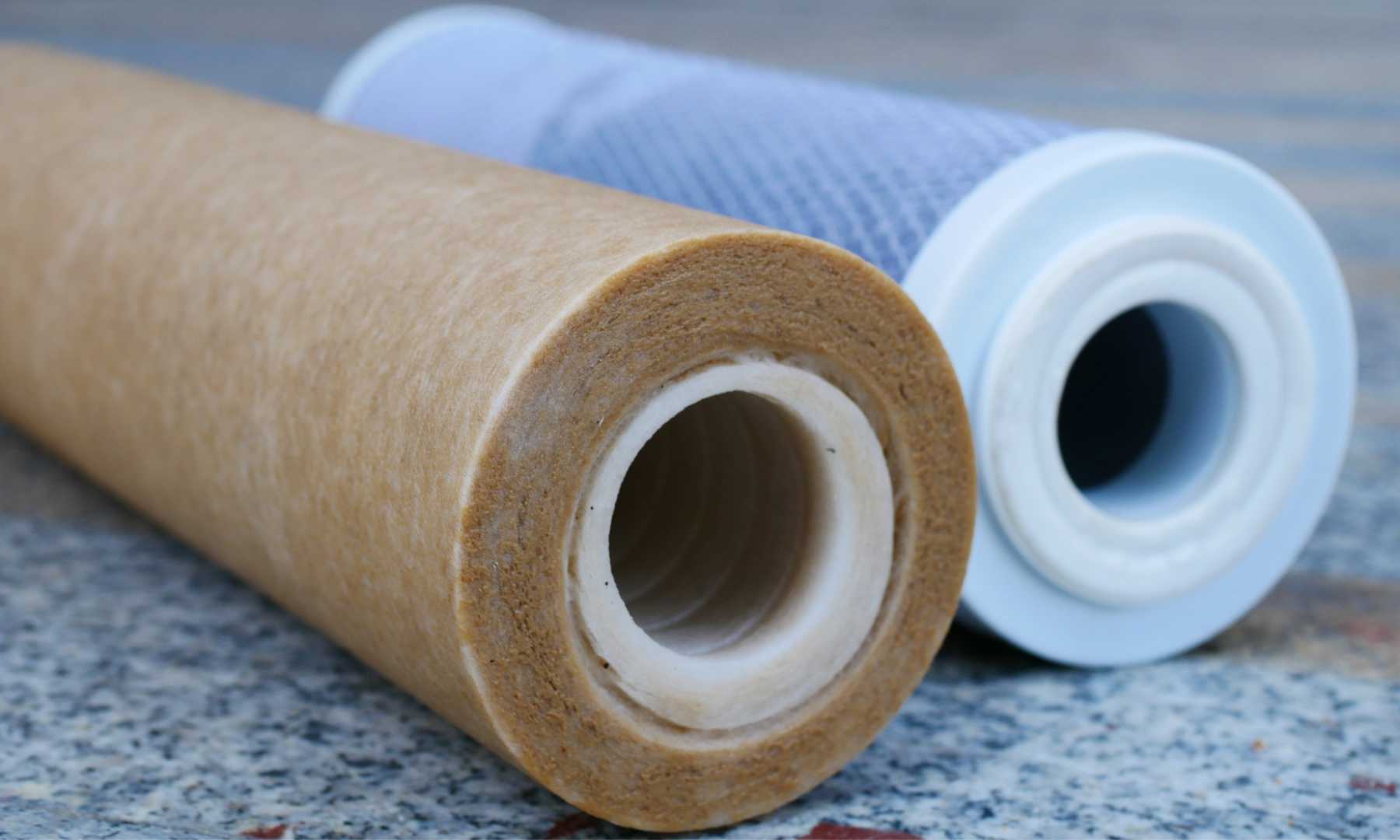
09 Oct. 2023
Optimizing Your Reverse Osmosis System for Better Water Output
Having a reverse osmosis (RO) system at home ensures that you receive clean and high-quality water. But if you notice a decline in water output, it might be due to a few common issues. Here are some steps to help you optimize the performance of your RO system:
- By:Lisa Bauer

17 May. 2023
The Importance of Changing the Battery in Your Water Softener Valve: A Simple Guide by Simple Water Softeners
Maintaining your water softener system is crucial for ensuring optimal performance and prolonging its lifespan. One often overlooked, but essential aspect of maintenance is changing the battery in the water softener valve. In this blog post, we’ll discuss the importance of replacing the battery in your water softener valve, specifically the 2032 battery, every five years, and provide tips on how to do it.
- By:Lisa Bauer
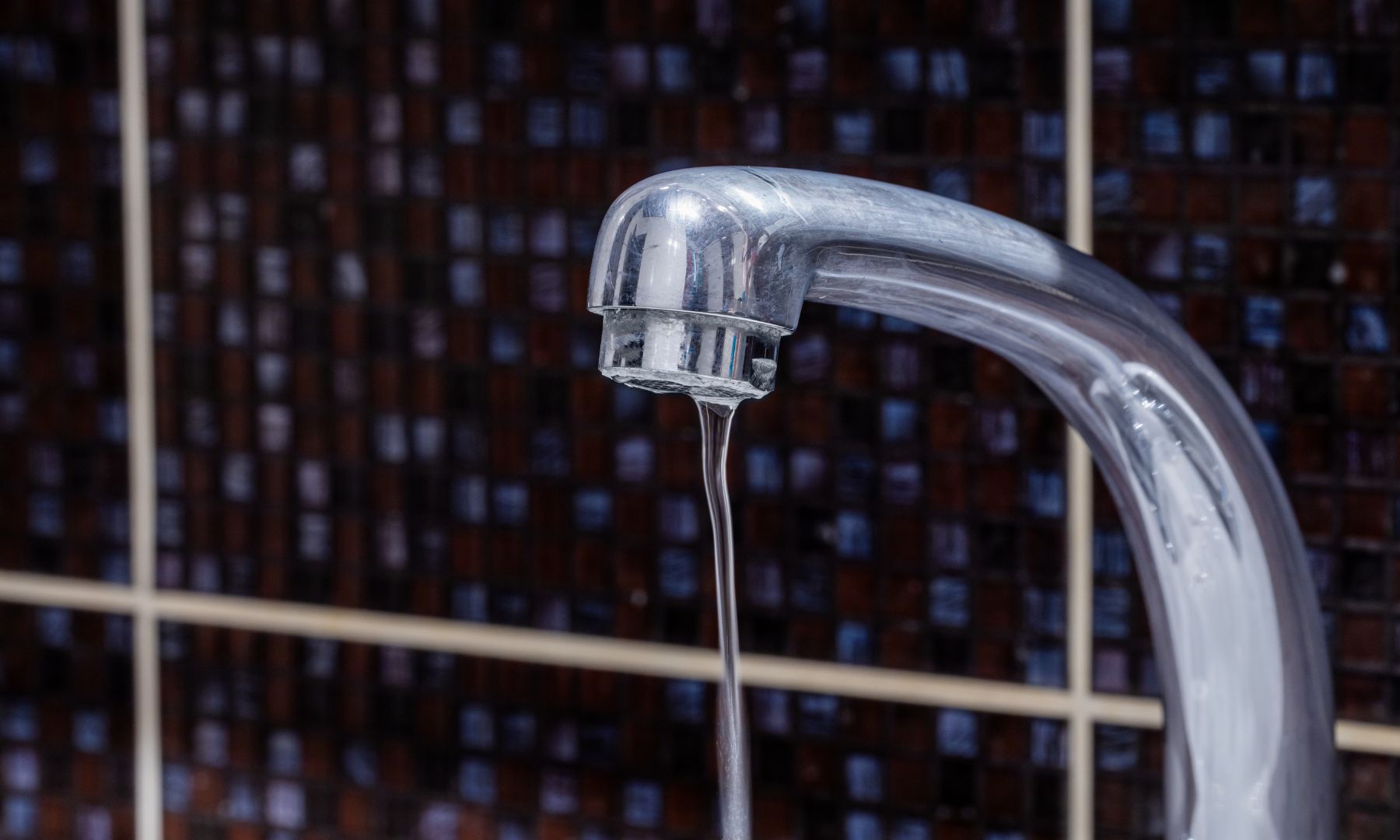
05 Apr. 2023
Solving Low Water Pressure Issues: The Hidden Culprit in Your Water Softener
Low water pressure in your home can be frustrating and inconvenient, impacting everything from showering to washing dishes. If you’ve noticed fluctuating water pressure or a sudden drop in pressure, your water softener might be the culprit. In this blog post, we’ll explore the connection between water pressure and water softeners, as well as provide guidance on troubleshooting and resolving the issue.
- By:Lisa Bauer
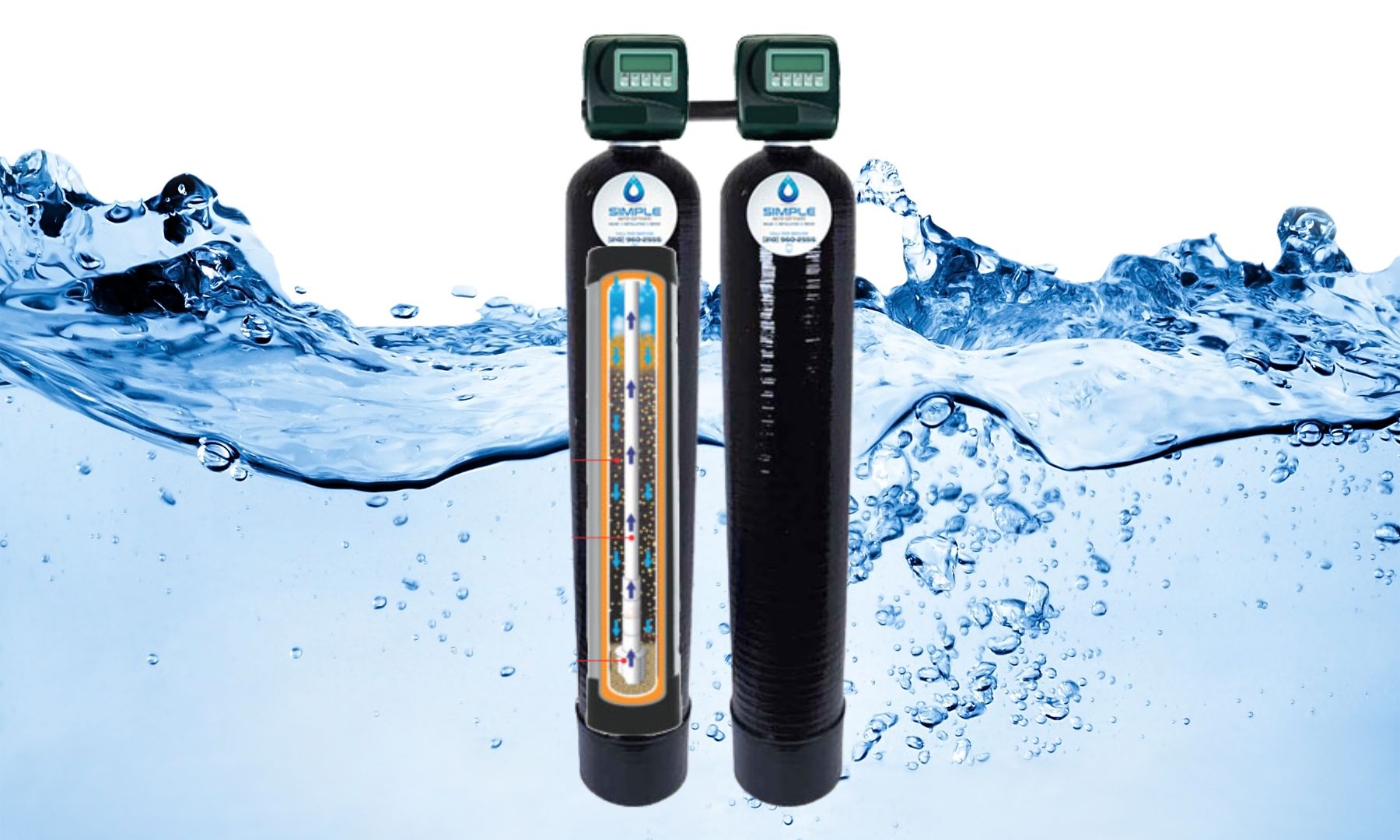
12 Oct. 2022
What is in your water softener?
You need to know what is in your water softener. It all sounds good when you buy it but years down the line when you need work done to it, you do not remember what is in there. What type of media and what quantity of each is very important.
- By:Lisa Bauer
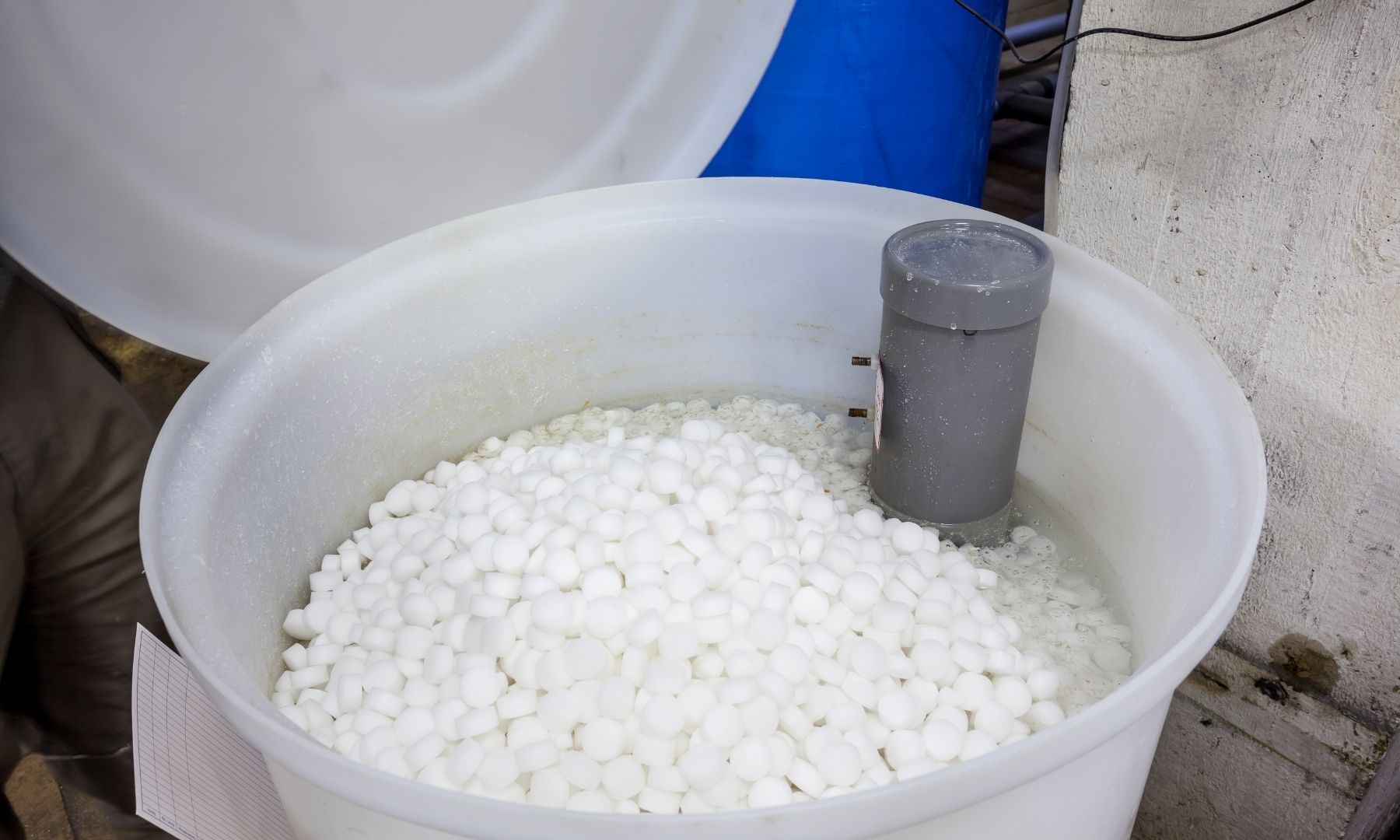
06 May. 2022
Most Common Issue When Water Softener is not Working
The good news is that water softeners are much easier to troubleshoot than they used to be, and while water softener repair can be challenging, with the right kind of knowledge, you can fix even the most common issues when your water softener is not working and get it back up and running in no time.
